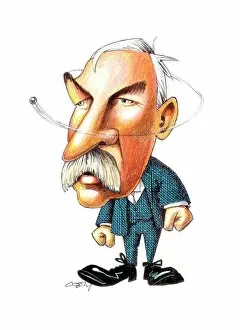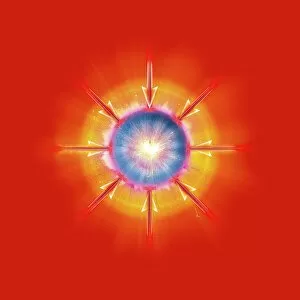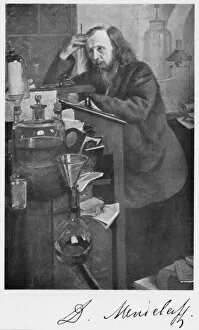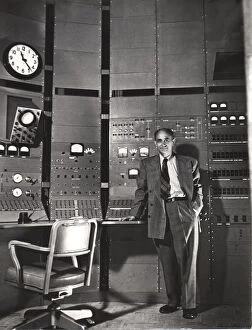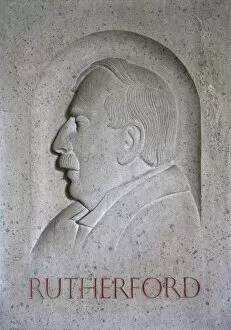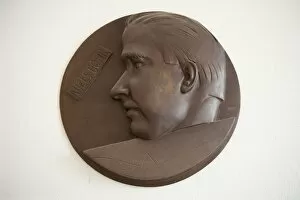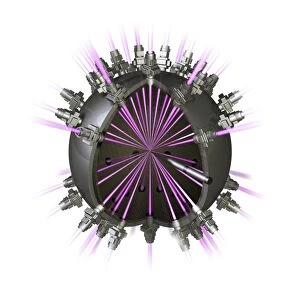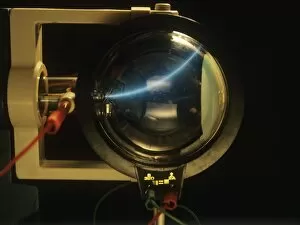Atomic Physics Collection
"Unraveling the Secrets of Atoms: A Journey through Atomic Physics" Step into the world of atomic physics, where brilliant minds like Ernest Rutherford
For sale as Licensed Images
Choose your image, Select your licence and Download the media
"Unraveling the Secrets of Atoms: A Journey through Atomic Physics" Step into the world of atomic physics, where brilliant minds like Ernest Rutherford, Dmitiri Ivanovich Mendeleyev, and Enrico Fermi paved the way for groundbreaking discoveries. In this captivating caricature from c1908, we see Ernest Rutherford, a Nobel prize-winning atomic physicist known for his revolutionary work on nuclear structure. As our journey begins, let's delve into the realm of nuclear fusion with a mesmerizing conceptual artwork. This phenomenon captivated scientists like Dmitiri Ivanovich Mendeleyev in the early 1900s as they sought to understand how atoms could merge and release immense energy. Fast forward to c1942 when Enrico Fermi, an Italian-born American nuclear physicist, made significant contributions to understanding atomic reactions. His brilliance shines through in this photograph as he meticulously conducts experiments that would shape our understanding of atomic physics. The year is now c1938; once again, we encounter Enrico Fermi engrossed in his research. With each experiment conducted and every equation formulated by these great minds, new doors were opened towards unraveling the mysteries hidden within atoms. Returning to c1908, we find ourselves back with Ernest Rutherford – a true pioneer in his field. Through meticulous experimentation and innovative thinking, he revolutionized our understanding of atomic structure by proposing the concept of a central nucleus surrounded by orbiting electrons. Dmitiri Ivanovich Mendeleyev's influence cannot be overlooked either; this Russian chemist left an indelible mark on atomic theory during the late 19th century. His periodic table became a cornerstone for organizing elements based on their properties and laid the foundation for future breakthroughs in atomic physics. In this captivating journey through time and scientific discovery lies one common thread – these remarkable individuals who dedicated their lives to unlocking nature's deepest secrets at an atomic level.

